In the span of just a few months, POCO has released two bang-for-the-buck smartphones. It released the Snapdragon 732G-powered POCO X3 NFC in September, then just recently, the Snapdragon 662-powered POCO M3. The question now is, which one is for you? Find out below.

| POCO M3 | POCO X3 NFC |
|---|---|
| 6.53-inch FHD+ (2340 x 1080) IPS LCD, 395ppi | 6.67-inch FHD+ (2400 x 1080) IPS LCD, 395ppi |
| Corning Gorilla Glass 3 | Corning Gorilla Glass 5 |
| HDR10, 120Hz refresh rate | |
| Qualcomm Snapdragon 662 2.0GHz octa-core CPU | Qualcomm Snapdragon 732G 2.3GHz octa-core CPU |
| Adreno 610 GPU | Adreno 618 GPU |
| 4GB LPDDR4X RAM | 6GB LPDDR4X RAM |
| 64GB UFS 2.1, 128GB UFS 2.2 storage | 64GB, 128GB UFS 2.1 |
| microSD card (dedicated slot) | MicroSD up to 256GB (hybrid slot) |
| Triple rear cameras: • 48 MP F2.0, PDAF main • 2 MP F2.4 macro • 2 MP F2.4 depth | Quad-rear cameras: • 64MP Sony IMX682 F1.89 (primary) • 13MP F2.2 (ultra-wide) • 2MP F2.4 (macro) • 2MP F2.4 (depth) |
| 8MP F2.05 selfie camera | 20MP F2.2 selfie camera |
| Dual-SIM (nano) | Dual-SIM (nano) |
| 4G LTE | 4G LTE |
| WiFi 802.11 a/b/g/n/ac | WiFi 802.11 a/b/g/n/ac |
| Bluetooth 5.0 | Bluetooth 5.1 |
| GPS, A-GPS, GLONASS, BDS | GPS, A-GPS, GLONASS, BDS, Galileo |
| NFC | |
| IR blaster | IR blaster |
| USB-C port | USB-C port |
| 3.5mm audio jack | 3.5mm audio jack |
| FM Radio | FM Radio |
| Dual-Speakers | Dual-Speakers |
| Hi-Res Audio | Hi-Res Audio |
| Fingerprint scanner (side) | Fingerprint scanner (side) |
| Face Unlock | Face Unlock |
| IP53 splash-proof | |
| MIUI 12 for POCO (Android 10) | MIUI 12 for POCO (Android 10) |
| 6,000mAh battery w/ 18W fast charge, reverse wired charging | 5,160mAh battery w/ 33W fast charging |
| LiquidCool Technology 1.0 Plus (Copper heat pipe + graphite) | |
| 162.3 x 77.3 x 9.6mm | 165.3 x 76.8 x 9.4 mm |
| 198 g | 215 g |
| Cool Blue, POCO Yellow, Power Black | Shadow Gray, Cobalt Blue |
Summary of advantages
POCO X3 NFC:
• Slightly larger screen
• Gorilla Glass 5
• 120Hz refresh rate and HDR10 support
• More powerful chipset
• Larger RAM capacity
• Higher main camera resolution
• Ultrawide camera
• Higher selfie camera resolution
• Bluetooth 5.1
• NFC
• IP53 splash-proof
• Faster charging rate
POCO M3:
* UFS 2.2 on 128GB model
* Dedicated microSD card slot
* Larger battery
* Reverse wired charging
* Lower price
Obviously, the POCO X3 NFC has more advantages, but it doesn’t mean that we can ignore the POCO M3, as it also has features that the former doesn’t have.
The POCO X3 NFC wins in the display department, thanks to the slightly larger screen, with a 120Hz refresh rate, HDR10, and Gorilla Glass 5 protection. The POCO M3 settles with the standard 60Hz refresh rate and Gorilla Glass 3. Both can provide great viewing experiences, but if you want smooth animations and HDR content, go for the POCO X3 NFC.
For the cameras, the POCO X3 NFC is more versatile thanks to the extra ultrawide camera, which the POCO M3 doesn’t have. The former also has a higher main camera resolution for more detailed images. The same can be said with the selfie cameras as the POCO X3 NFC has a 20MP shooter, while the POCO M3 only has an 8MP.
Let’s take a look at the features. Both have Dual-SIM support, 4G LTE, WiFi, a set of satellite navigation systems, USB-C, dual-speakers, hi-res audio support, side-mounted fingerprint scanners, 3.5mm audio jack, and an IR Blaster for controlling appliances. However, the POCO X3 NFC has the newer Bluetooth 5.1, NFC, and IP53-certified splash-proofing.
Performance-wise, both run on MIUI 12 for POCO based on Android 10. The POCO X3 NFC has a more powerful Qualcomm Snapdragon 732G chip with Adreno 618 GPU and 6GB of RAM. The POCO M3, on the other hand, has a Qualcomm Snapdragon 662 chip with Adreno 610 GPU and 4GB of RAM. For their benchmark scores, the POCO X3 NFC scored 282,225 in AnTuTu v8, while the POCO M3 scored 171,316. Also, the POCO X3 NFC features a cooling system to manage the temperature when gaming. So, if you play many games and want to get higher frame rates, you’re most likely to achieve that with the POCO X3 NFC.
Let’s discuss storage this time. Both devices are offered in 64GB and 128GB models. However, the POCO M3’s 128GB has the UFS 2.2 type for faster write speeds, while the POCO X3 NFC’s 128GB has the UFS 2.1. The POCO M3 also has the advantage when it comes to storage expandability as it has a dedicated microSD card slot, while the POC X3 NFC uses the hybrid setup, which can be a problem for dual-SIM users.
As for the battery, the POCO M3 wins in capacity by having 840mAh more than the POCO X3 NFC. It also supports reverse wired charging so that it can charge other devices. However, the latter has a 33W fast charging than the latter’s 18W.
Lastly, the price. The POCO X3 NFC costs PHP 10,990 for the 6GB + 64GB model, and PHP 12,990 for the 6GB + 128GB. The POCO M3, on the other hand, costs PHP 6,990 for the 4GB + 64GB, and PHP 7,990 for the 4GB + 128GB. So, which one is for you? Well, it mostly depends on the budget.
Go for the POCO M3 if you’re on a tight budget but want a solid daily driver that can do many things like stream videos, play games at mid graphics settings, and take photos here and there for social media uploads. It’s also a recommended phone if you use two SIM cards and a microSD card and want something that can last longer periods and charge other devices as well.
But, if you have a budget to spare, want a nice screen with smooth animations and transitions, more cameras with higher resolution, NFC, splash-proofing, updated Bluetooth, a battery (which is still huge, by the way) with a faster charging rate, a powerful chipset with a cooling tech and large RAM, then go for the POCO X3 NFC.







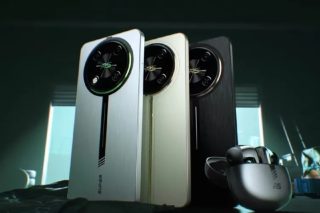














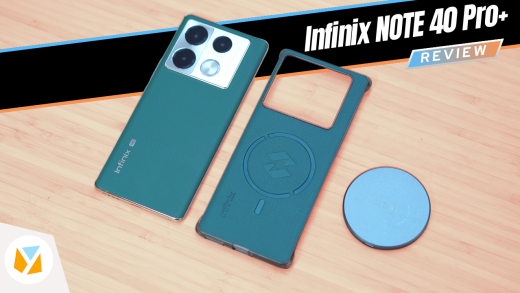
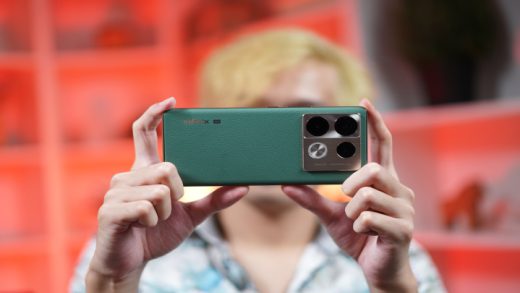
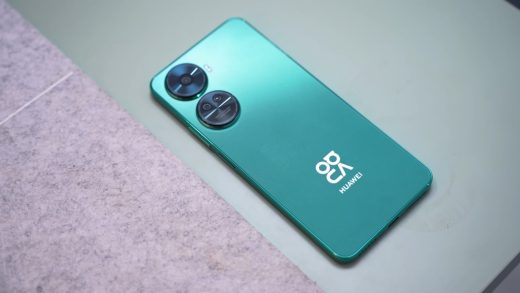

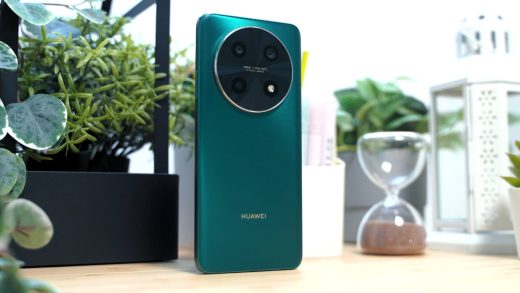





One Plus Nord 10 5G Full Review